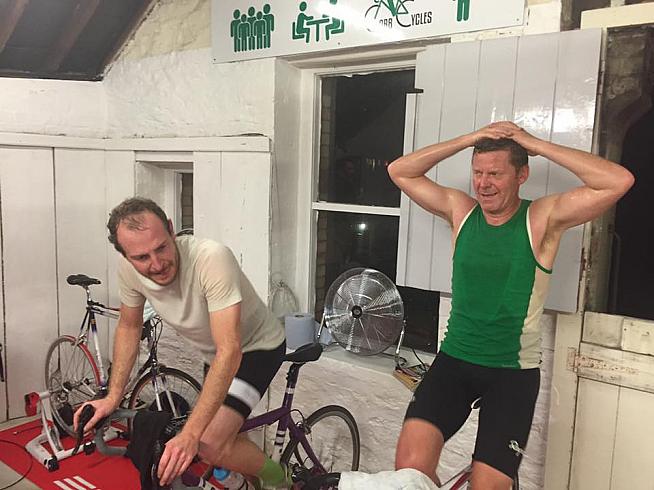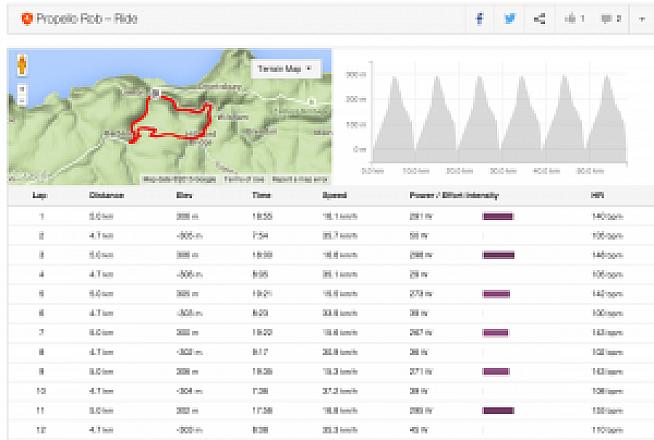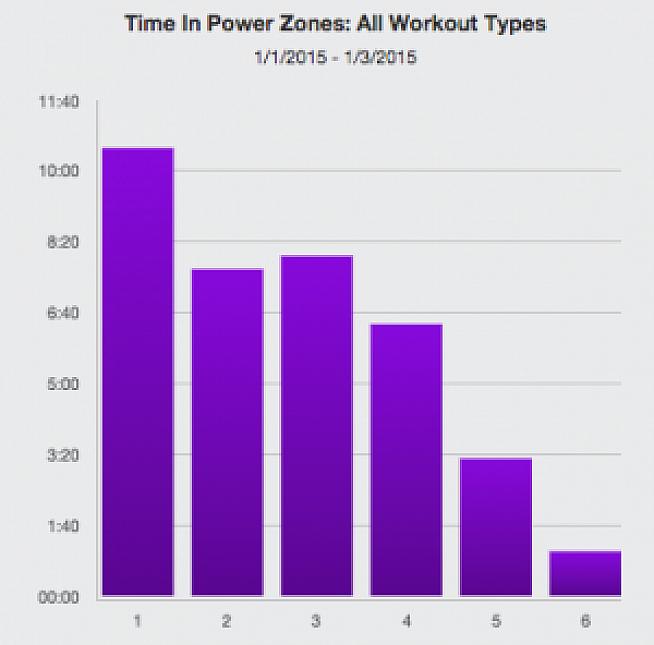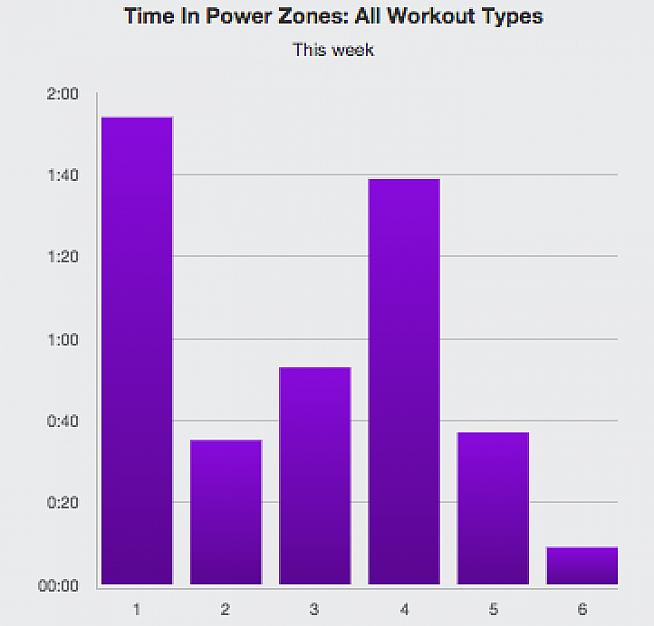With the race and sportive season upon us it seems a good time to talk to you about how you should be capitalising on all the good aerobic work that you have probably been doing during the winter months. By now you have hopefully developed a solid aerobic engine, have built strength both on and off the bike, have improved aspects of your technique and are now wanting to ride faster.
We create gains in fitness by subjecting our body to increased training load over time. The human body adapts to this increased training by making itself stronger than it was before the training occurred. It's a wonderfully simple concept.

Training load is determined by three factors:
- How often you ride your bike (frequency)
- How long you ride your bike for (duration)
- How hard you ride your bike (intensity)
Most people talk about their training and riding in terms of the first two factors, normally adding them up to describe the volume of work completed in a week -- "I rode for 4 hours this week, or I rode 150 miles that week and so on...."
However without taking into account intensity, we are getting a very incomplete picture of our training. I can ride 200 miles and create radically different training loads depending on how hard I ride the distance. For example a week in a traditional base training phase might see 200 miles ridden for a training load of around 600 units, whilst in a build phase we might see 200 miles for a training load of 900 units, a 50% increase.
Popular wisdom has it that for endurance training you should aim to keep volume high in the base training phase and keep intensity relatively low to develop aerobic fitness and efficient fuel utilisation. I think this is sound advice, especially for inexperienced athletes who have yet to develop a solid aerobic engine. However for more experienced athletes and for those who have had to live through a winter of gales and rain this is not always optimal or practical.
I have been using myself as a human guinea pig this season and have flipped popular wisdom on its head. I have been developing and following a high intensity training programme this winter and incorporating a session of tempo or sweet spot training each week as well as running my weekly training classes.
The high intensity sessions started in December with just 4 minutes at VO2Max or Zone 5. Now that I am starting my build training, this has increased to a total of 32 minutes per session building to 45 minutes later in the season. I feel that this has kept my top end energy systems alive over the winter and has also meant that the threshold training has not come as such a shock to my body. My FTP is certainly higher than it was this time last year and I feel sharp and fresh.
If you have been following a traditional base training programme then now is the time to cut down on training volume and increase intensity. It is now all about QUALITY of training not QUANTITY, of miles. I will be continuing with my high intensity programme and will now swap the sweet spot training for threshold work at and around 100% of FTP. These two QUALITY sessions will be the backbone of my training over the next 8 weeks alongside one 60 mile+ 'race pace' ride every two weeks in preparation for my three major endurance events for this season.

Here is the profile of an event specific training ride for an mountain event. Six roughly 20 minute hill climbs ridden at around Functional Threshold Power.
These training drills will bring about significant improvements in muscular endurance, one of the cornerstones of cycling performance.

To illustrate this I will leave you with two graphs. The first one shows the time an athlete I coach spent in each power zone during his traditional base training phase.
The second graph shows the time he spent in each power zone in a week of his build training. This clearly illustrates how intensity shifted from building a broad base of fitness to focusing on building speed for racing.

If you have any questions or want to find out more about how to build intensity then please email me at [email protected]. If you are interested in introducing some high intensity training to your schedule then our Early Season VO2Max Training Programme is a perfect place to start.
Rob Wakefield is a fully qualified Level 3 Cycling Coach with the Association of British Cycling Coaches and founder of Propello, a cycling focused health and fitness business delivering Performance Training Programmes and Bespoke Coaching to cyclists anywhere in the world.
All cyclists who are looking to improve their speed, endurance or strength will benefit from a structured training programme. Propello Training will improve how your muscles, lungs and heart work and will enable your body to transport and utilise fuel effectively - making you faster and stronger for longer.
Click here to learn more about Propello.
0 Comments







